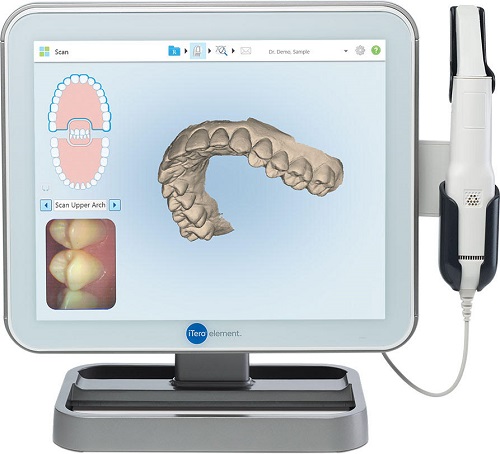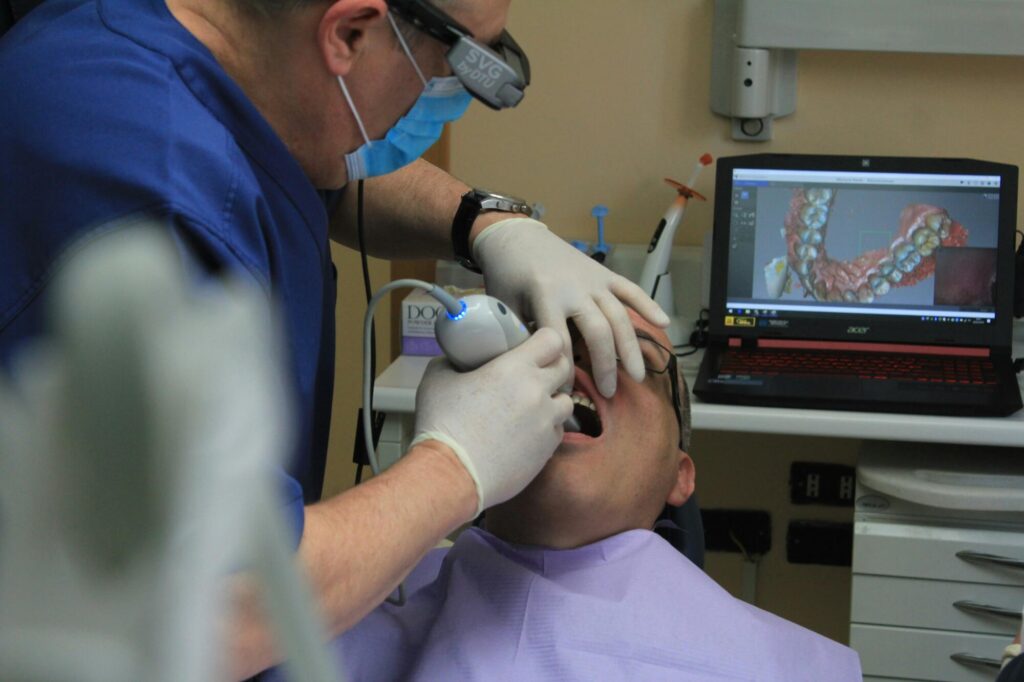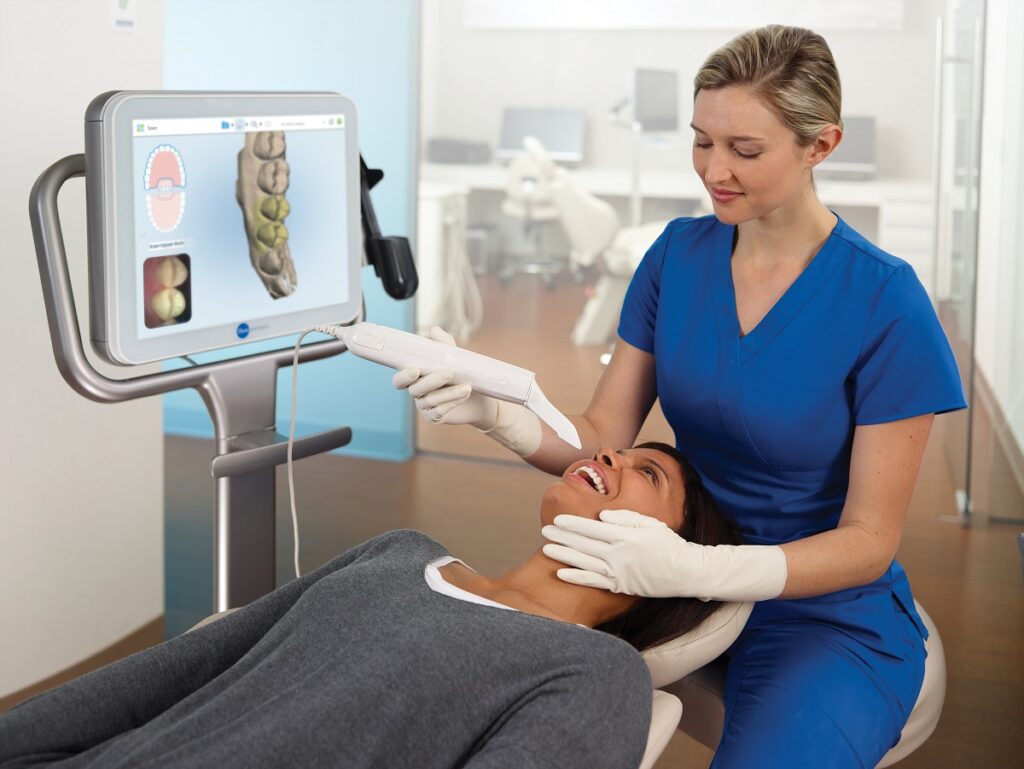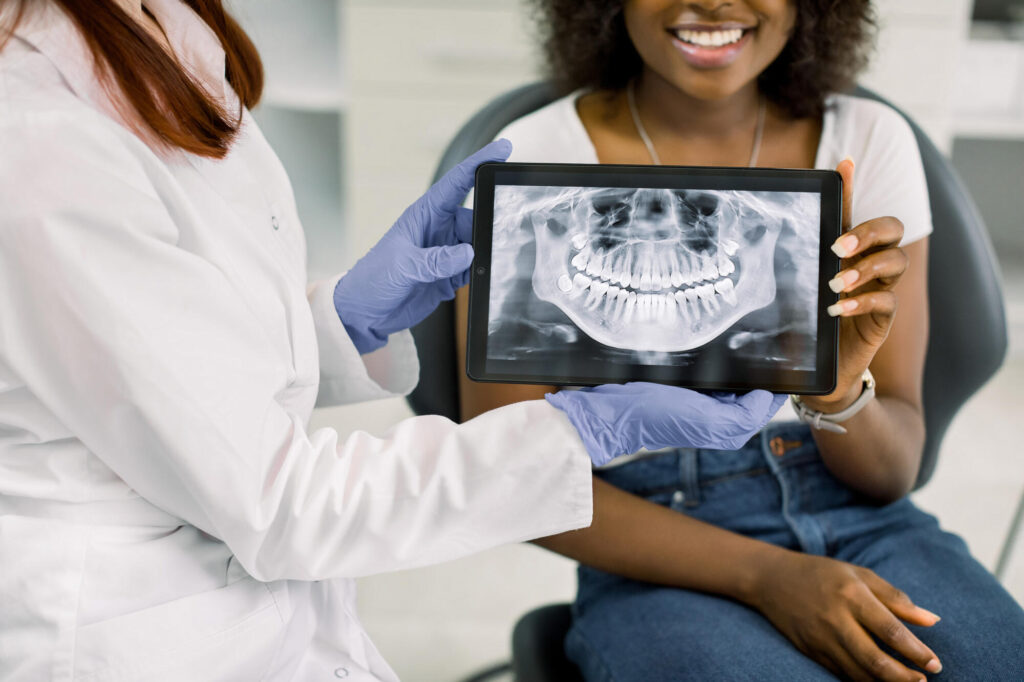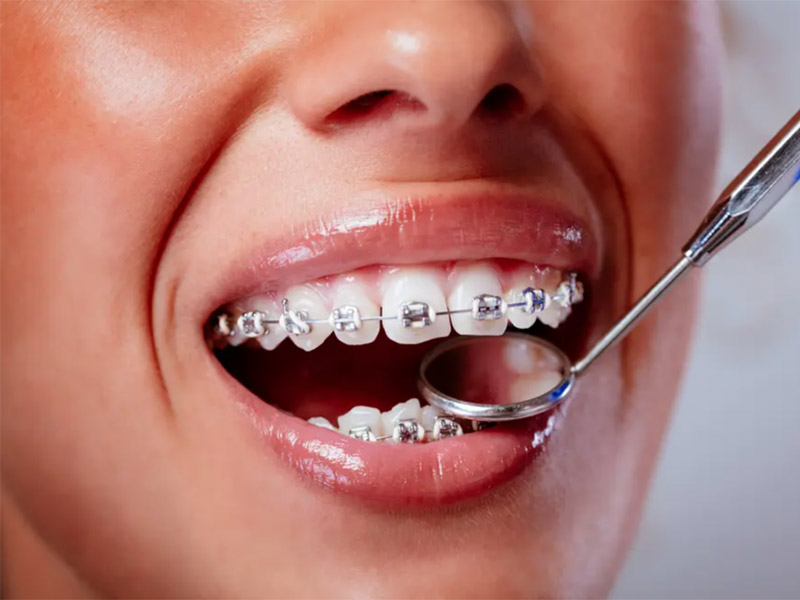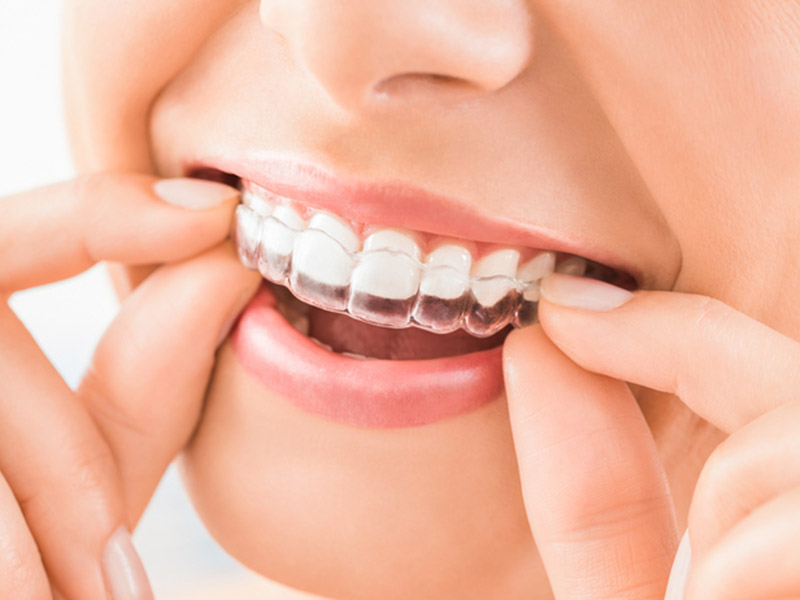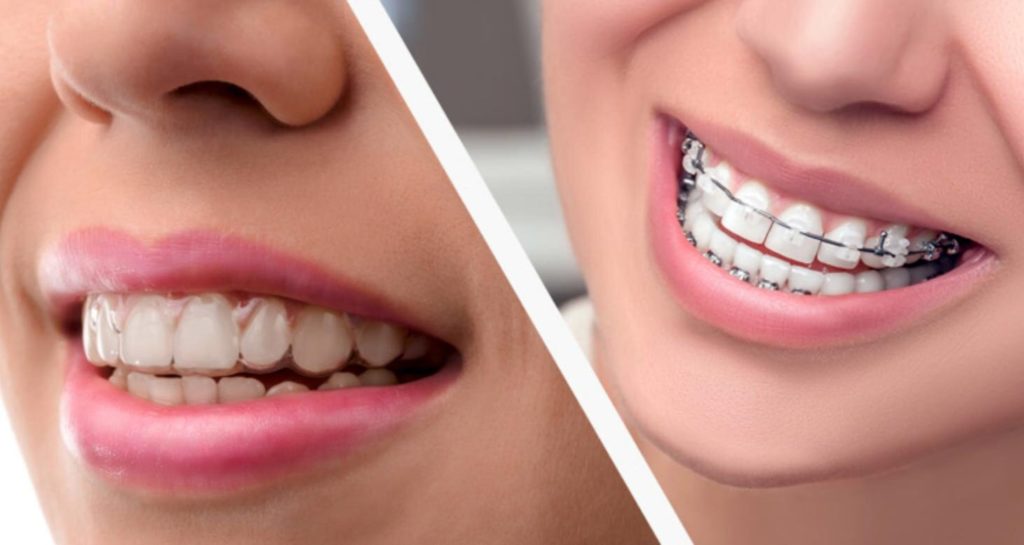September 26, 2024
While braces might seem like a modern invention to straighten a person’s teeth, the concept of braces has been around for thousands of years. The first wire crib was invented in 1819 by Delabarre, marking the inception of modern orthodontics. Other innovations, like rubber bands and wire elastics, were introduced in the late 19th century.
Dental technology has come a long way in the past century. At SouthShore Orthodontics, we understand the importance of modern technology in orthodontia. These new inventions and strategies have enabled us to provide unparalleled care to our patients.
This blog will discuss how dental technology has changed the way our office corrects bite issues and straightens teeth. We’ll talk about some of the technological enhancements you can find in our office when coming in for your appointment.
Why Is Technology Important in Advancing Orthodontic Treatment?
One major benefit of new technology is that orthodontists can diagnose and treat dental problems more easily. Orthodontists can create personalized treatment plans for their patients. This patient-centered approach allows dental providers to provide more effective, efficient, and comfortable outcomes.
Another advantage of orthodontic technology and advancements is giving patients a more discreet way to straighten their teeth. For example, clear aligners and lingual braces have been made possible by advancements in the industry.
Examples of Modern Technology in the Orthodontic Field
There have been several inventions in recent years that have allowed orthodontists to deliver personalized and efficient care to their patients. Let’s go over some of the most common innovations in the field.
3D Dental Imaging and Digital X-Rays
Dentists and orthodontists previously had to capture rays on film and develop the X-ray before they could view it. Digital X-rays were first introduced in the 1980s but weren’t commonly used until the 1990s. There are numerous benefits of taking digital X-rays, such as:
- Detailed look at the mouth structure
- Can be viewed by dental staff within minutes
- Better quality
3D dental imaging allows orthodontists to create a 3D image of the patient’s teeth. They’ll also be able to view a 360º scan of the interior of the patient’s mouth. There is also less radiation with these types of X-rays.
3D Printing
Orthodontics and 3D printing might seem like an unlikely pairing to most people. However, 3D printing has changed the face of orthodontics. Orthodontists can print some of the following things for their patients thanks to 3D printing:
- Retainers
- Aligners
- Dental models
3D-printed orthodontic appliances tend to be more accurate and comfortable than the traditional methods. Orthodontists can get their patients the things they need much easier and faster than they could in the past.
Artificial Intelligence
Artificial intelligence (AI) has begun impacting multiple industries, including orthodontia. Orthodontists use AI technology to create treatment plans and diagnose patient issues with more efficiency and accuracy.
Orthodontists can also process a patient’s dental images using AI algorithms. These algorithms will scan the images, detecting conditions that the human eye may not be able to see. Some real-world examples of AI technology in orthodontia include:
- Assisting with the designing of personalized braces
- Analyzing a patient’s records and recommending a treatment plan
Orthodontic Apps and Software
Orthodontists have begun using apps and software to improve their patient’s experience with their office. They also make it easier for their staff to manage their practice. There are numerous features available in these programs, including:
- Financial management
- Patient communication
- Treatment planning
- Appointment scheduling
There are numerous benefits orthodontists can experience by using these programs. Some of them include:
- Simplify their tasks
- Offer a better experience for their patients
- Enhance the precision of their treatment plans and diagnoses
One of the great things about these programs is they’re often cloud-based. That means that any staff member can access the information from any device and location. They’ll see the most up-to-date information when viewing a file.
SouthShore Orthodontics’ Dental Technology
Our office can deliver more predictable results and greater precision with the help of our dental technology solutions. SouthShore Orthodontics is committed to staying ahead of the curve and offering the latest state-of-the-art procedures and treatments.
3Shape Trios Digital Scanner
As we’ve mentioned, orthodontics relies primarily on accurate imaging and precision-based measurements. Our office achieves that by employing an in-house 3D digital intraoral scanner. This allows us to evaluate the current state of the patient’s teeth.
I-CAT 3D X-Ray
Our 3D X-ray machine can capture more superior images than the 2D X-rays from the past. We can capture high-quality images that can be viewed almost immediately.
Form 2 by Formlabs
Creating custom aligners can take a long time to produce and receive in a dental office. At SouthShore Orthodontics, we have an in-house 3D printer. Our Form 2 by Formlabs printer enables us to design and create clear aligners for our patients.
We can deliver clear aligners to our patients at a much faster rate than if we had to outsource their creation. Our patients can get on the road to a straighter time at a much faster rate.
Learn More About the Dental Technology at SouthShore Orthodontics
Delivering high-end patient care is one of the most important elements of our dental practice. Our family dentist office stays on top of the innovations in the field. We use our expertise to ensure our patients achieve their dental goals.
SouthShore Orthodontics is proud to be the leading local orthodontist in the Florida area. We offer the latest advancements in dental technology, ensuring you receive exceptional care. Call our office to speak with one of our staff members about scheduling an appointment.

